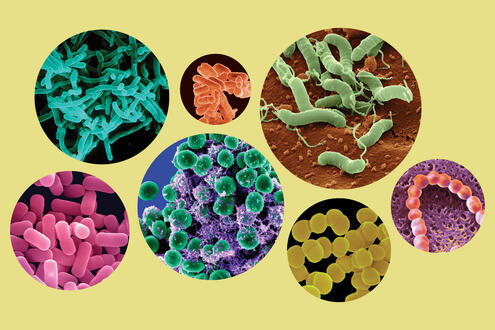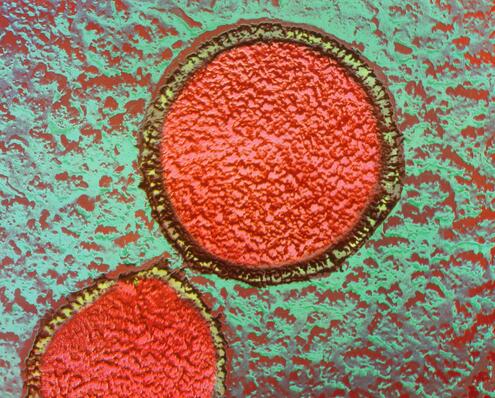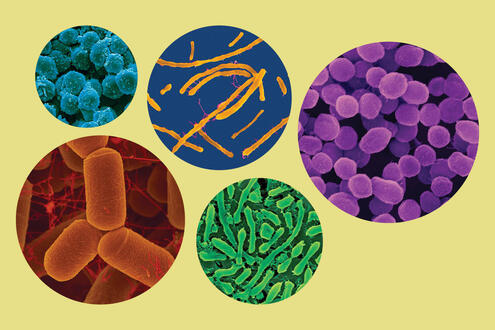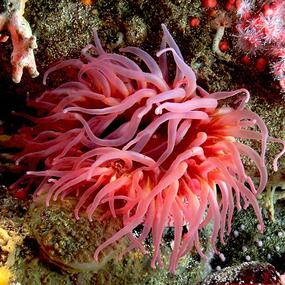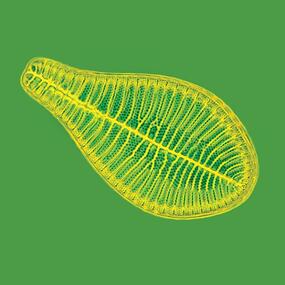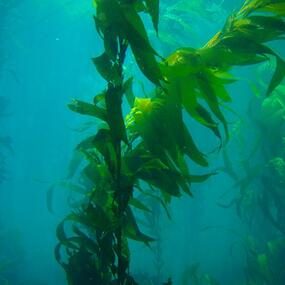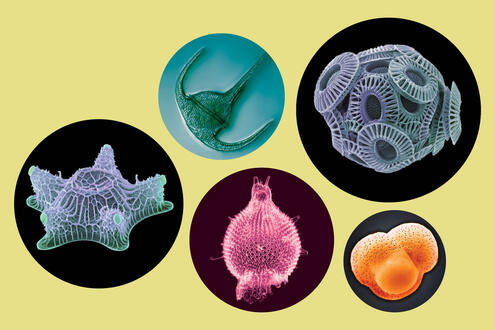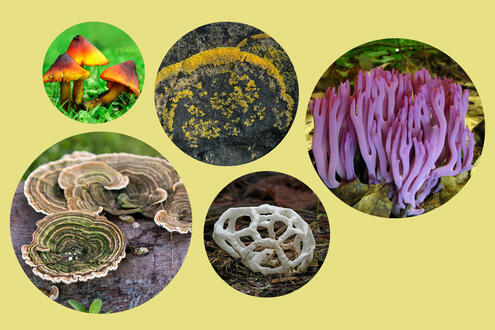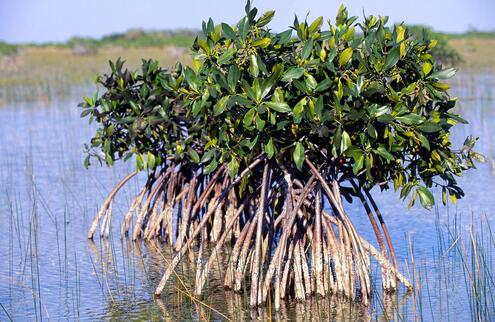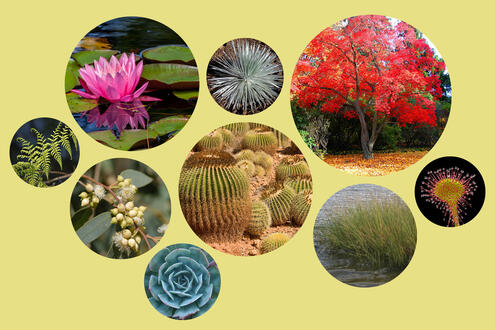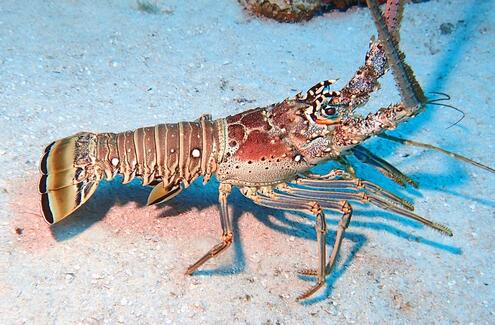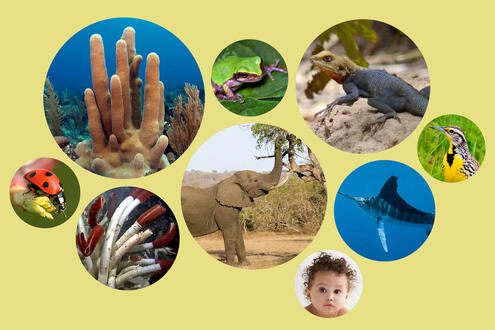What do you know about life on Earth?

Hi, I’m Melanie Stiassny. I study life in the oceans, the largest, most diverse habitat on Earth.
Did you know that life on Earth began in the oceans? First came true bacteria and probably archaea, followed by eukaryotes. Eukaryotes include protists, plants, animals, and fungi. Protists appeared first. Plants, animals, and fungi appeared much later. And it was only about 360 million years ago when some vertebrate animals began transitioning onto land!
A Timeline of Life on Earth
Oh no, the timeline is out of order! Can you reorder it from the oldest to the most recent? Just drag each box to the correct spot.






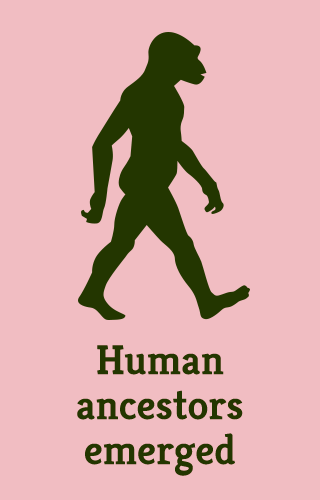
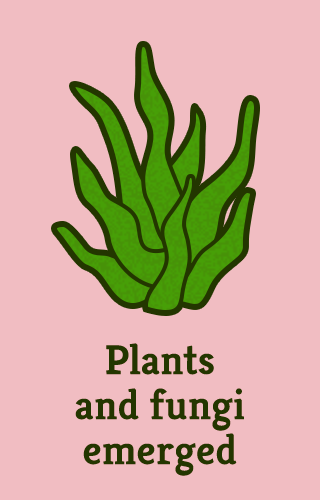
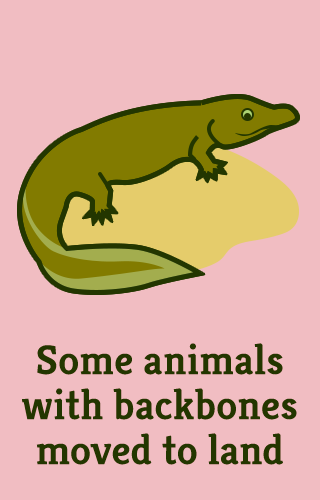
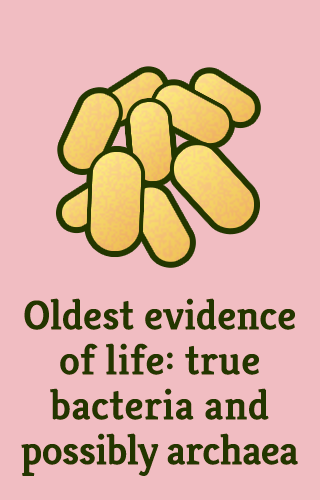
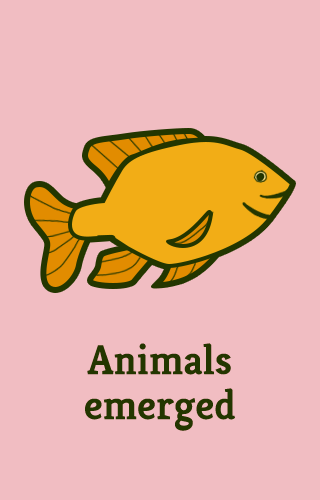
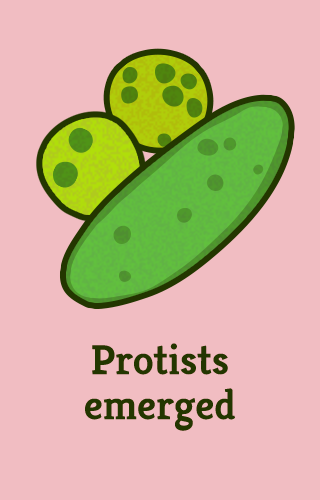












You got it! Explore the timeline below to see how life evolved on Earth.
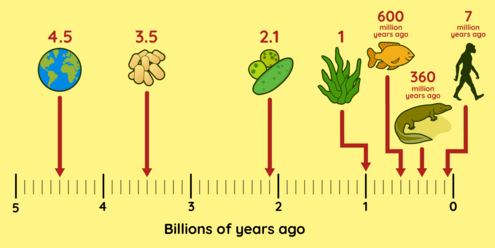
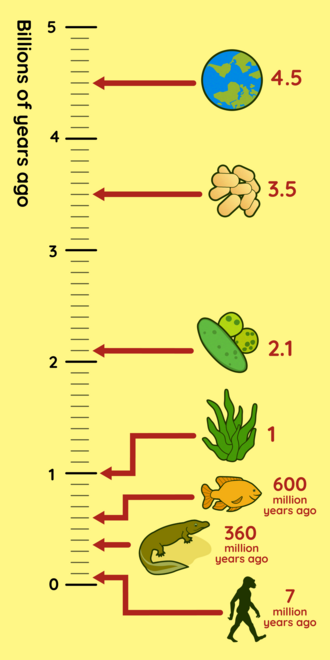
Life on Earth Quiz
Life evolved over billions of years. And today, millions of unique species live on our planet. To get a glimpse of the biodiversity , I've picked a few examples of marine life to show you. Each belongs to one of the major groups that scientists use to classify life on Earth: true bacteria, archaea, protists, fungi, plants, and animals.
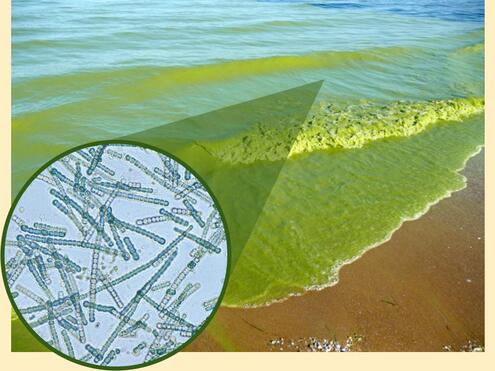
True bacteria are teeny tiny. They are so tiny that you can only see them with a microscope. These single-celled organisms lack a membrane-bounded nucleus within their cells . True bacteria are found in all environments on Earth. Blue-green algae is a type of true bacteria that lives in the ocean.
Blue-green algae are so tiny that you can find up to 10 million of them in:
the entire ocean
in the Mediterranean Sea
in a tidepool
just one teaspoon of seawater




 Biodiversity
Biodiversity
 Brain
Brain
 Genetics
Genetics
 Marine BiOLogy
Marine BiOLogy
 MicrobiOLogy
MicrobiOLogy
 PaleontOLogy
PaleontOLogy
 ZoOLogy
ZoOLogy
 AnthropOLogy
AnthropOLogy
 ArchaeOLogy
ArchaeOLogy
 Astronomy
Astronomy
 Climate Change
Climate Change
 Earth
Earth
 Physics
Physics
 Water
Water

